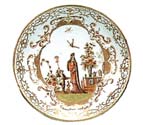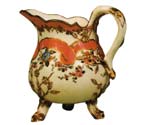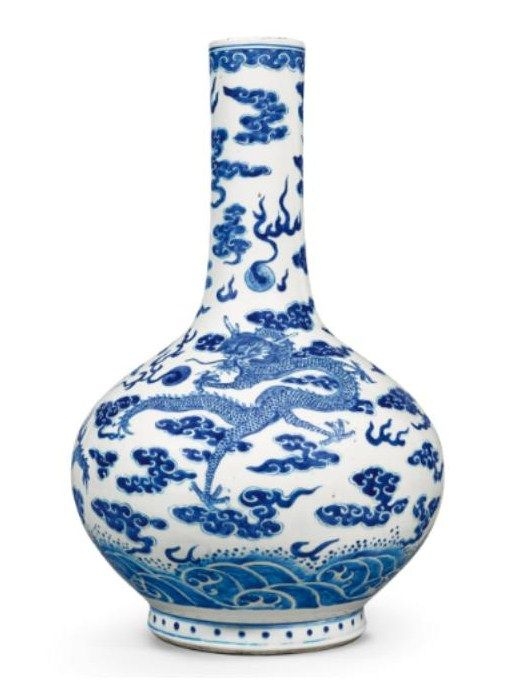There are many ways to build up an interesting and attractive collection of continental porcelain. You might decide to concentrate on a certain factory, for example, a particular type of ware, such as coffee cups, or a common style of decoration. Whichever you choose, affordable pieces are available.
You can find continental porcelain in a huge range of styles, shapes, colours – and prices. Value is largely a matter of four key factors: maker or factory, style, quality of workmanship and condition.
Identification is usually a matter of recognising the characteristic features of each factory’s wares, such as the shape, colours, and type of paste and glaze used. It’s the combination of these, together with the mark (if there is one), that can tell you whether a piece is genuine or not.
Condition

These unusual Meissen vegetables have had some restoration, which has reduced their value to about £600 for the artichoke or the pair of peas. In perfect condition, they’d be worth about twice as much.
Styles
Dating some types of continental porcelain can be confusing because during the 19th century factories such as Sèvres often repeated earlier shapes and decorative styles. The Sèvres tea service at the top of the page uses shapes that were first fashionable c.1790, but it was actually made in 1837. Worth £7,000 to £10,000.
Copies


Some copies are very skilful and collectable in their own right.
One of the most famous 19th century copyists, Edmé Samson of Paris, made this copy (top) of a Meissen original (below). You can tell it’s a copy by the greyish colour of the porcelain, the heavier weight and less lavish gilding. The copy’s worth £400 to £600; the original, £8,000 to £12,000.
Colours
Certain colours are associated with particular factories or periods. Some rare colours increase the value of a piece.
Sèvres

This Sèvres jug can be dated by the distinctive pink known as ‘rose pompadour’ (after King Louis XV’s mistress, Madame Pompadour). This colour was introduced c.1757 and was probably discontinued shortly after Madame Pompadour’s death in 1764. It is worth around £3,000 to £4,000.
Beware
It’s a great mistake to attach too much importance to marks, because many were copied – more than 90 per cent of the Vincennes/early Sèvres linked L’s appear on later copies, for example. One way of detecting fakes is by looking at the paste from which the piece is made. Most copies are on hard paste, but the original mark was used only for soft paste.












